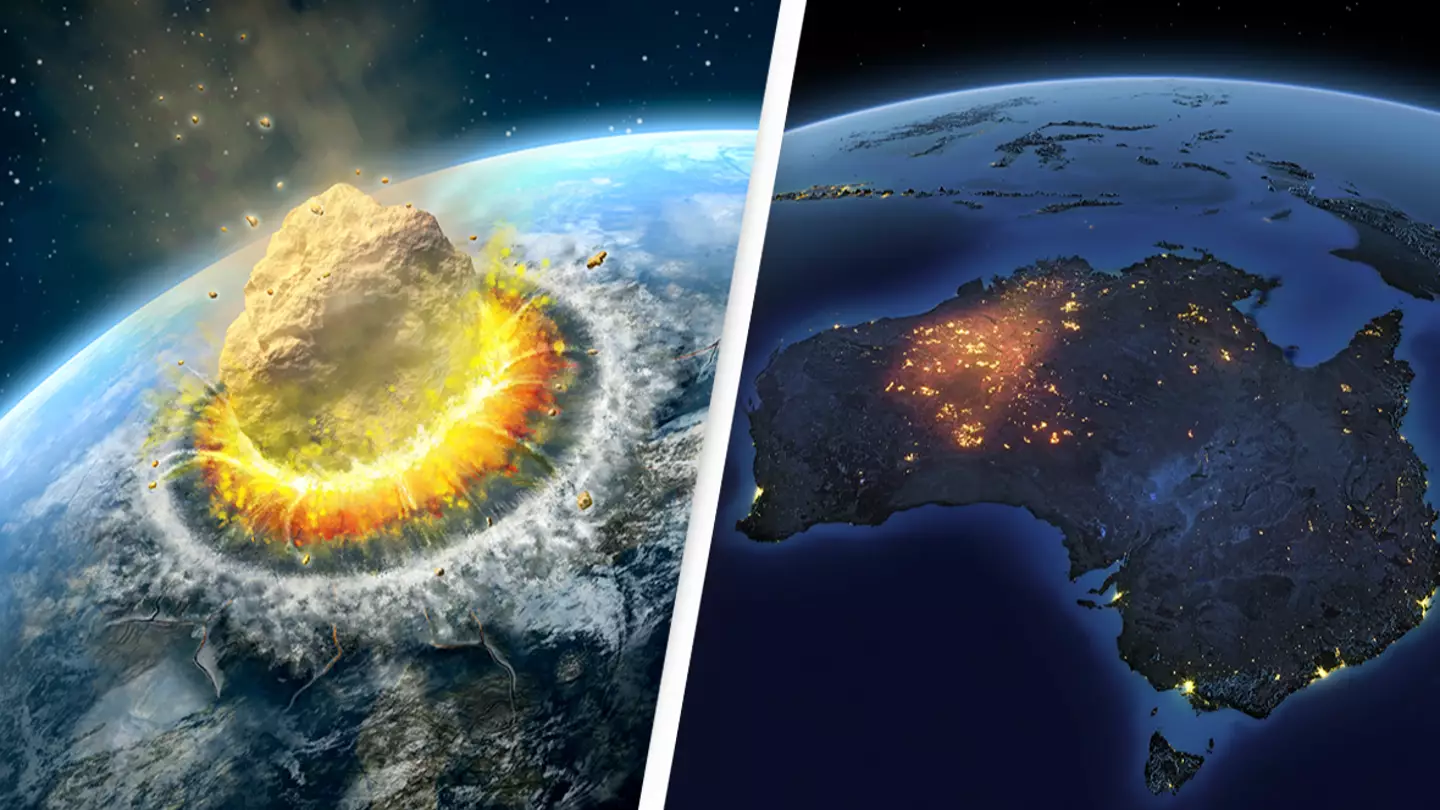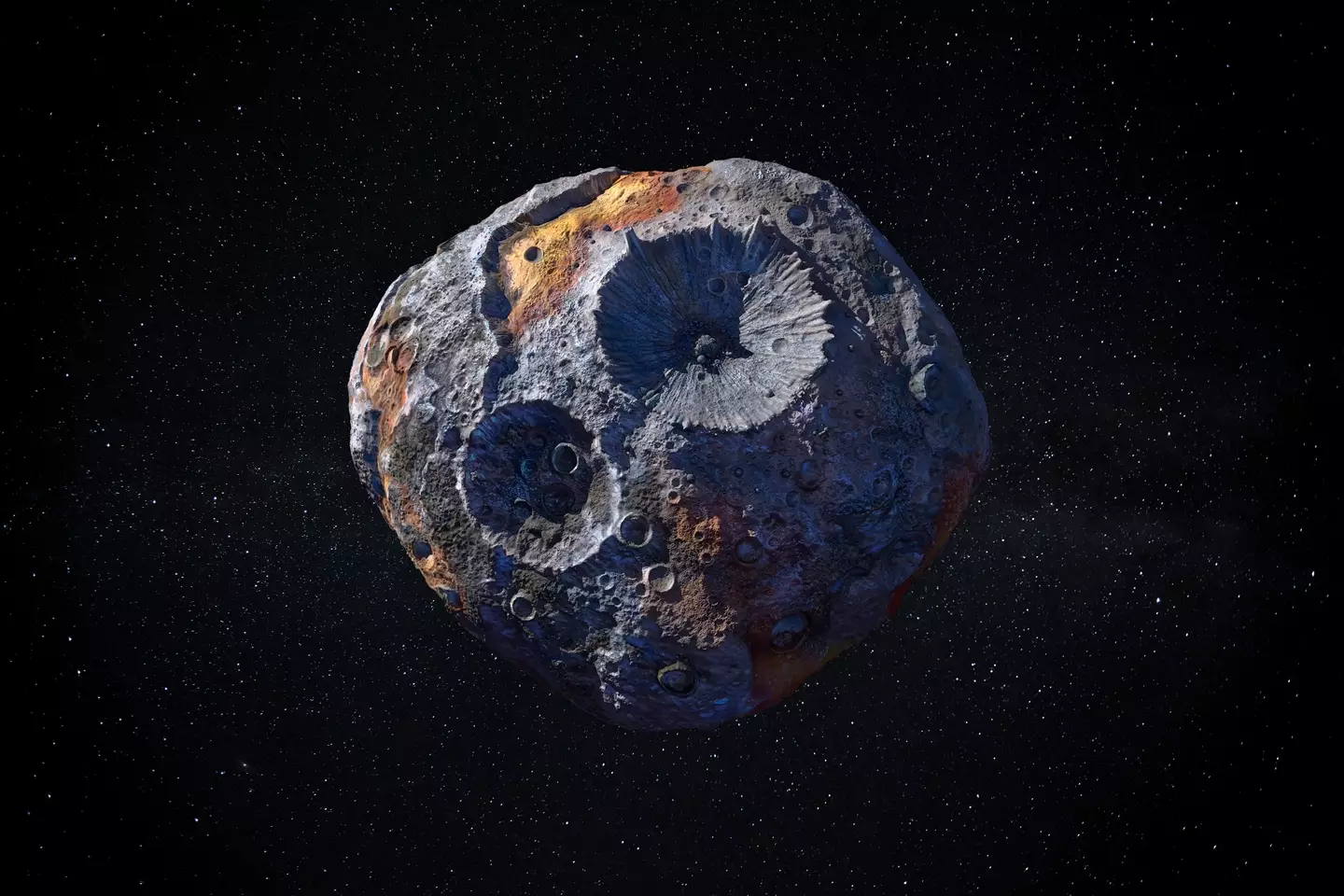
While our planet may be very old, we are still learning an awful lot about it thanks to the handy work of scientists.
Last year, it was discovered that Australia could be harbouring a remarkable subterranean secret that could change planet Earth as we know it.
In a new essay published for The Conversation, geologist Andrew Glikson explained his latest research has much evidence that points to something huge.
Advert
It indicates that an asteroid crater could be buried underneath Australia, which is big enough news in itself.
Furthermore, all of Glikson's evidence points to it being the largest known on the planet, and by a huge margin as well.
The full study, which was conducted by Glikson and his colleague Tony Yeates, was published in the journal Tectonophysics earlier this year.

Discussed in the journal is the Deniliquin structure, the rather large asteroid structure that is estimated to be over 320 miles in diameter.
Advert
If that diameter proves to be accurate, it would dwarf the largest confirmed impact structure in the world right now.
The Vredefort Crater in South Africa is approximately 100 miles wide, and on top of that you've got the Chicxulub crater of a similar size.
The Chicxulub crater is of great significance as it is believed to be from the asteroid that wiped out dinosaurs.
There is great evidence this structure is legit, with Glikson penning in The Conversation: "The Deniliquin structure has all the features that would be expected from a large-scale impact structure.
Advert
"For instance, magnetic readings of the area reveal a symmetrical rippling pattern in the crust around the structure’s core.
"This was likely produced during the impact as extremely high temperatures created intense magnetic forces."

With this structure being so large, you may be asking yourself how it can remain hidden underneath our feet unnoticed for such a long time.
Advert
Glikson explained: "When an asteroid strikes, it creates a crater with an uplifted core. This is similar to how a drop of water splashes upward from a transient crater when you drop a pebble in a pool."
The scientist went on to note that the structure can erode over millions of years, subsequently making it less prominent.
Many other reasons were provided as to how the structure looks to be an asteroid crater, including symmetrical ripples in the crust caused by the extreme temperatures of an impact.
Topics: Australia, Science, World News